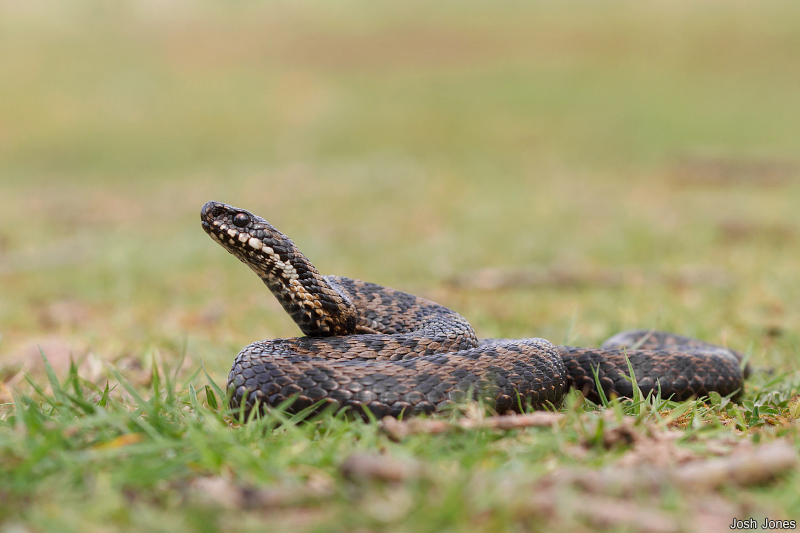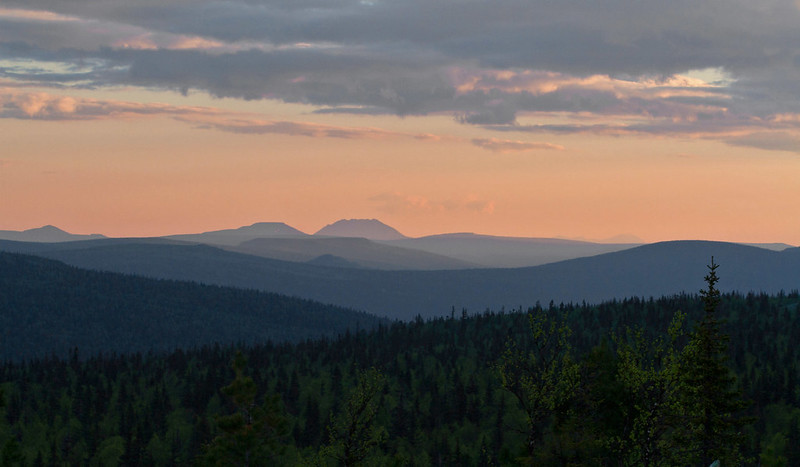Rather unfortunately, British wildlife seems to have become a fashionable topic in summer 2015's silly season. 'Fashionable' in an ironic sense of the word, for the British press appears hell-bent on sensationalising the entirely normal existence of the various species targeted.
First it was the 'seagull' problem: according to the tabloids, vicious flocks of murderous gulls have apparently been terrorising locals and tourists alike in our coastal towns in recent times. A handful of people, a few pathetically small dogs and a pet tortoise have been the subject of 'vicious' attacks from larids. The uproar even encouraged Prime Minister David Cameron to wade blindly in to the debate, declaring a "big conversation" was needed. Clever chap.
Those that know me will already be well aware that I quite like gulls. They're extremely intelligent, adaptable and charismatic birds, and are great to study – not just because of their personalities, but because of the fascinating identification challenges that they present at all ages and throughout the year. It's therefore extremely distressing to hear clueless chumps calling for something to be done – that something ideally involving culling.
What most don't appreciate is that Herring Gull (Larus argentatus) – the quintessential British 'seagull' – is in trouble. It's red-listed, and declining fast. All British-breeding gull species are fully protected under the Wildlife and Countryside Act 1981. It's therefore illegal to kill or injure them.
I recently challenged the individual responsible for setting up the 'We Need A Seagull Cull' Facebook page (I don't know his/her name). Below I present to you the eloquent page description from the page itself, unaltered:
"Seagulls might be a protected bird, but I strongly disagree with this. They are proving to be more like a pest everyday, especially following the terrible death of a beloved pet dog killed in broad day light just today by 2 seagulls. They dig the hell out of our weekly bin bags, and are causing disease, apart from randomly attacking people, especially when they have their young nesting on our roofs. They are known as rats in the sky, so it begs the question why are we protecting rats in the sky? Are we going to wait until we have a modern day plauge? Or a child is hurt or baby killed in its own pram? Lets get our message across to get a law passed to hunt these vermin down."
When I asked which species of seagull this individual proposed we cull, the response I received was: "I dont know cause they all look the same. Thats like saying how many species of rats are there."
So there you have it. That's the sort of dimwit we're up against. Someone who wants to cull gulls, but doesn't know which ones are which. That's a very dangerous attitude. There have also been various chumps posting photographs of gulls they've been killing themselves on Facebook – which unfortunately for them acts as evidence. Hopefully the local WCO will be paying them a visit and they'll be convicted.
Intelligent and adaptive birds, Herring Gulls cannot be blamed for taking advantage of a wasteful society
The reality is that we have decimated our oceans and coasts so extensively that gulls have been driven in to urban areas, where a wholly wasteful human population unwittingly provides them with a valuable food source. Gulls have adapted to a world shaped by us so why can't we adapt to live alongside them, and accept that the occasional territorial peck (always in the breeding season, when they have youngsters) and pasty-nicking episode may just be part of life that we have to get on with?
Thankfully the gull issue has died down a little over the past couple of weeks, although that hasn't stopped the tabloids clutching at other straws. Last week we were treated to the 'invasion' of flying ants (see
here). That's right, an invasion of a native species that happens also to be completely harmless and does the same thing every year (and has done so for millions of years).
Then, this week, we were treated to what is probably the most appalling piece of journalism that I can consciously remember reading …
The following article, courtesy of the Daily Express, is currently still online but is so astonishingly wayward of the truth and so detached from reality that I'm sure it will be removed once IPSO acts. For now, click on the headline and have a read:
Where to start?! Once again we have talk of an invasion (adder is a native species), of poisonous snakes (adders aren't poisonous, they're venomous), we've got talk of 'attacks' on dogs – adders don't attack, they (rarely) retaliate when threatened (though normally look to escape a potential threat), we've got a reference to adders being 4ft long (they almost never exceed 2-2.5ft), we've got an 'adder' on the loose in London (which is actually an escaped Carpet Python – i.e. someone's pet and also not a venomous species) and so on. Oh, and I nearly forgot this gem of a line:
"Unsuspecting Britons have already been the target of unprecedented attacks by vicious seagulls and flying ants this summer."
Unprecedented!
This really is a shambolic piece of journalism. It was written by Nick Gutteridge – if you want to explain to him how awful his piece of work is, you can hit him up on Twitter:
@nick_gutteridge.
Examples such as the above only serve to drive our ever-increasing alienation from the natural world in which we live. The way the press (largely the tabloids) freely vilify, condemn and estrange our own fauna is something, as a nature-conscious individual, I really struggle to grasp. What's worse is that it is invariably written by individuals with absolutely no idea about the subject matter. It's pretty clear, for example, that Mr Gutteridge knows zilch about adders.
Adders are not invading - they are native, cautious and unfortunately declining reptiles
This appalling lack of knowledge only serves to highlight the detachment humans generally have from nature. You can bet your bottom dollar that most of the readership won't know much (anything) either, and so are quite likely to lap it up as truth. It's a vicious circle – the hysterical style in which this article (and others) is written will only further discourage and disconnect humans from any sort of involvement with nature. What's worse is that Gutteridge's adder story is absolutely riddled with factual inaccuracy, and the snake itself becomes a victim of a falsified scare-mongering. Not once does it mention that adder is a declining and protected species, and a timid and beautiful one at that.
This comes all before I've even mentioned the decision of
The Telegraph to publish, without question, the extraordinary (and subsequently proven factually incorrect) claims made by shooting industry-backed organisation You Forgot The Birds (more
here). This body is fronted by ex-England cricketer Ian Botham, who seems to be pursuing a career in being a complete moron while continuing in his other role as broadcaster for Sky Sports.
Our ecosystems are put under ever-greater strain by a burgeoning human population, and the wildlife they support is consequently under great pressure. As a species, we have the intelligence, knowledge and power to shape the world in which we live. Our national press have the potential to play a huge role in the conservation and understanding of our surroundings, but if they are to do so it will take a monumental shift from current attitudes. If we are to encourage and inspire humanity to look after the world we live in we must nurture and glorify nature, not paint it as the enemy. It's pretty simple.







